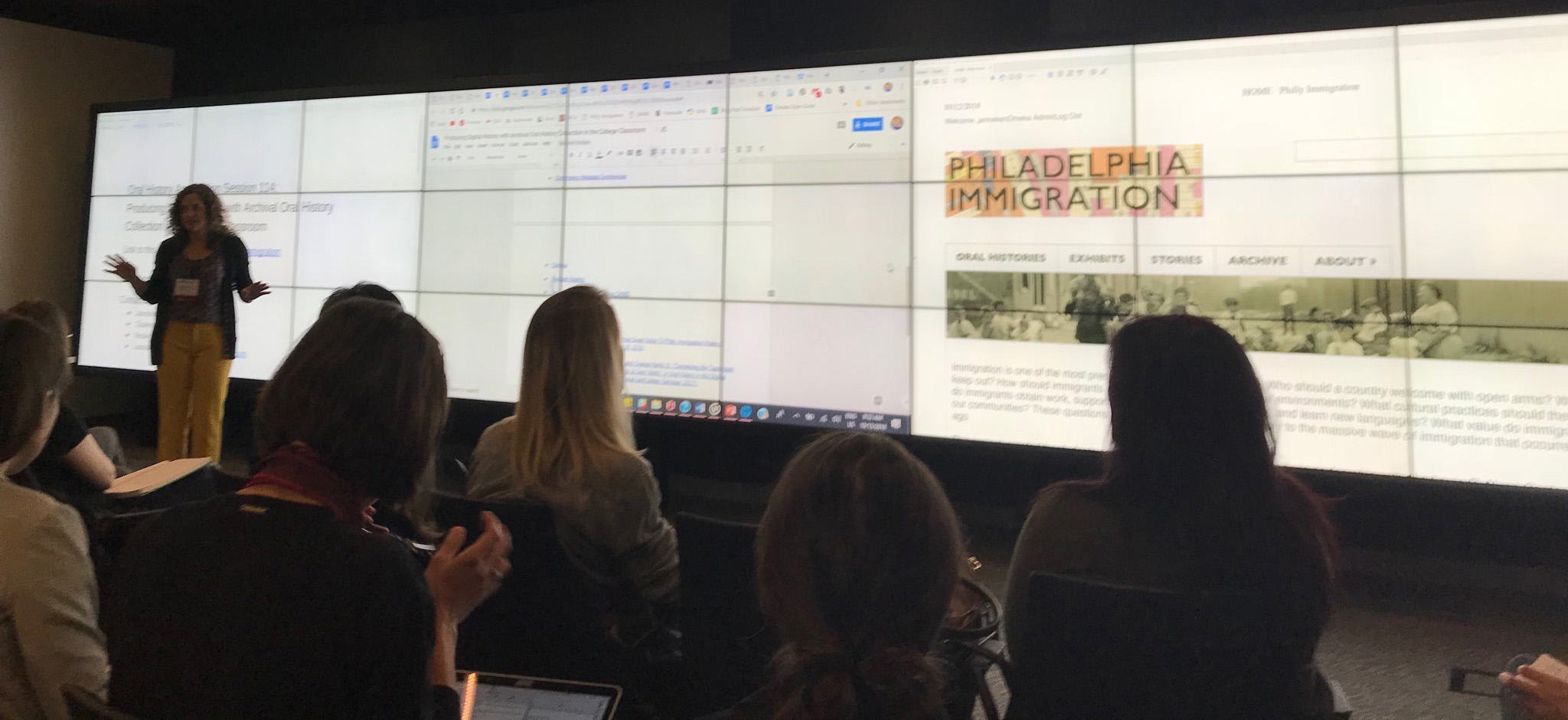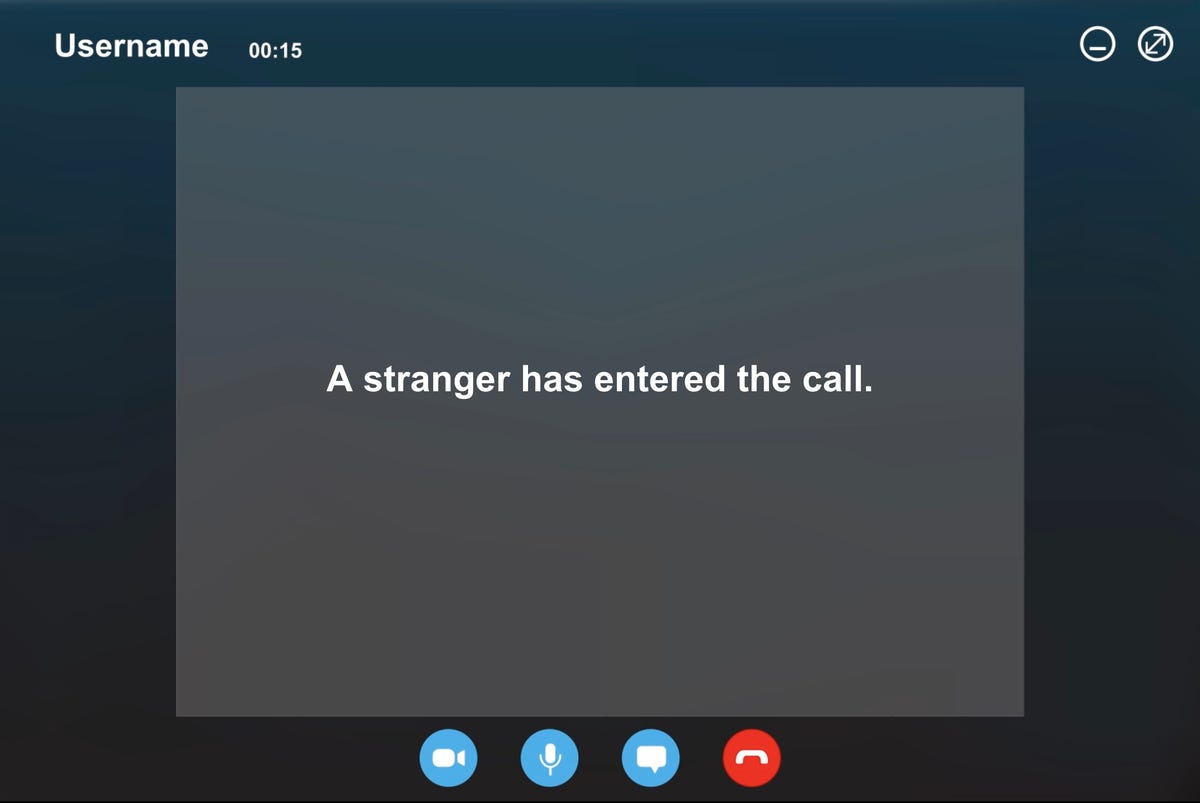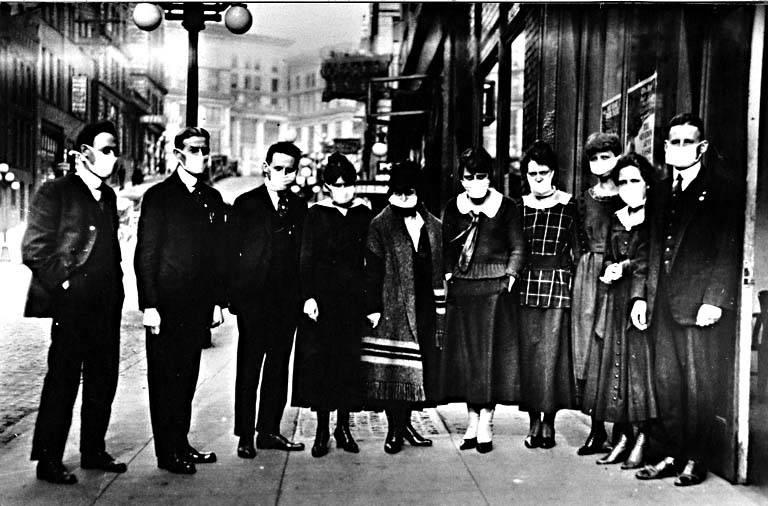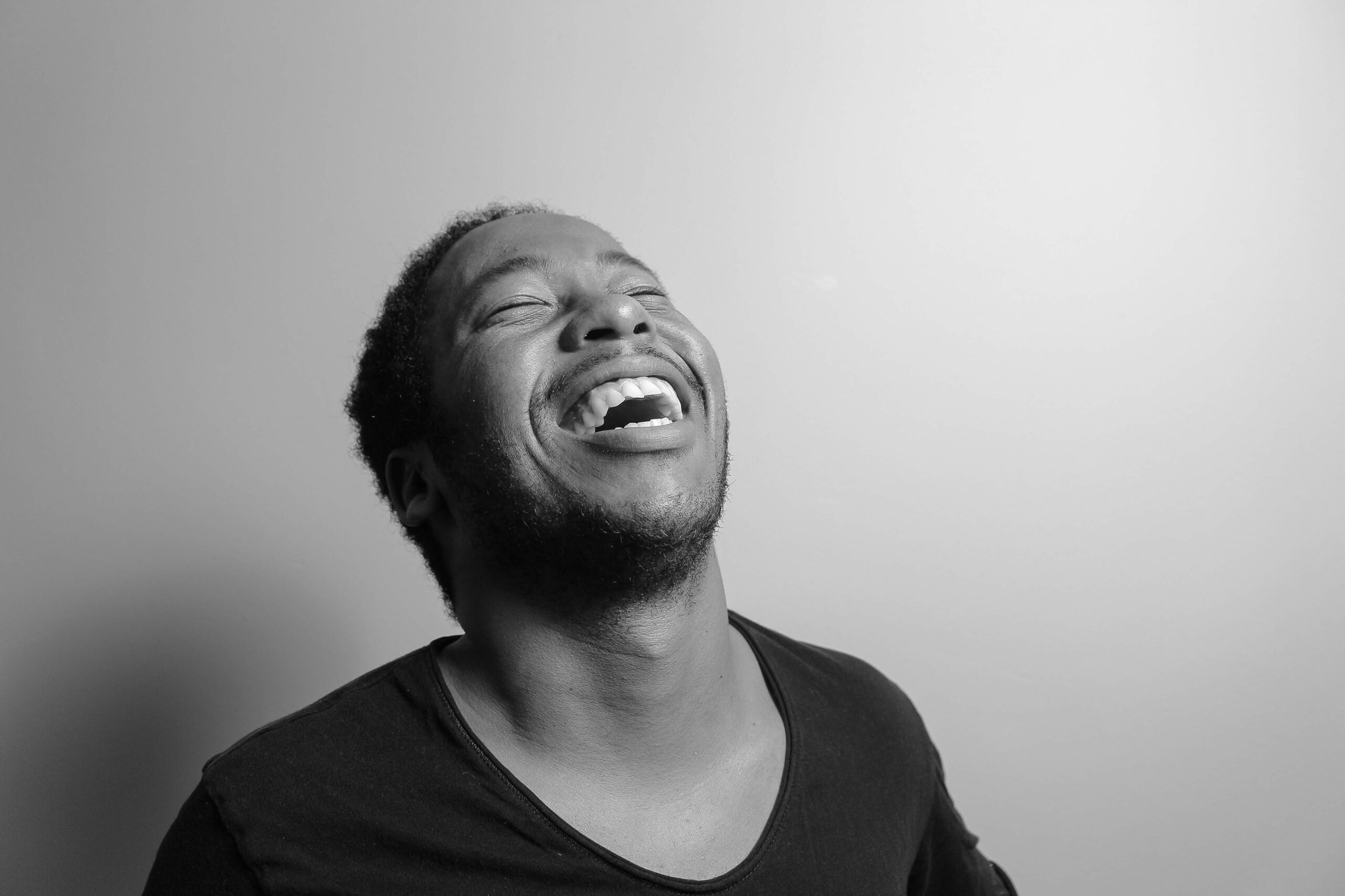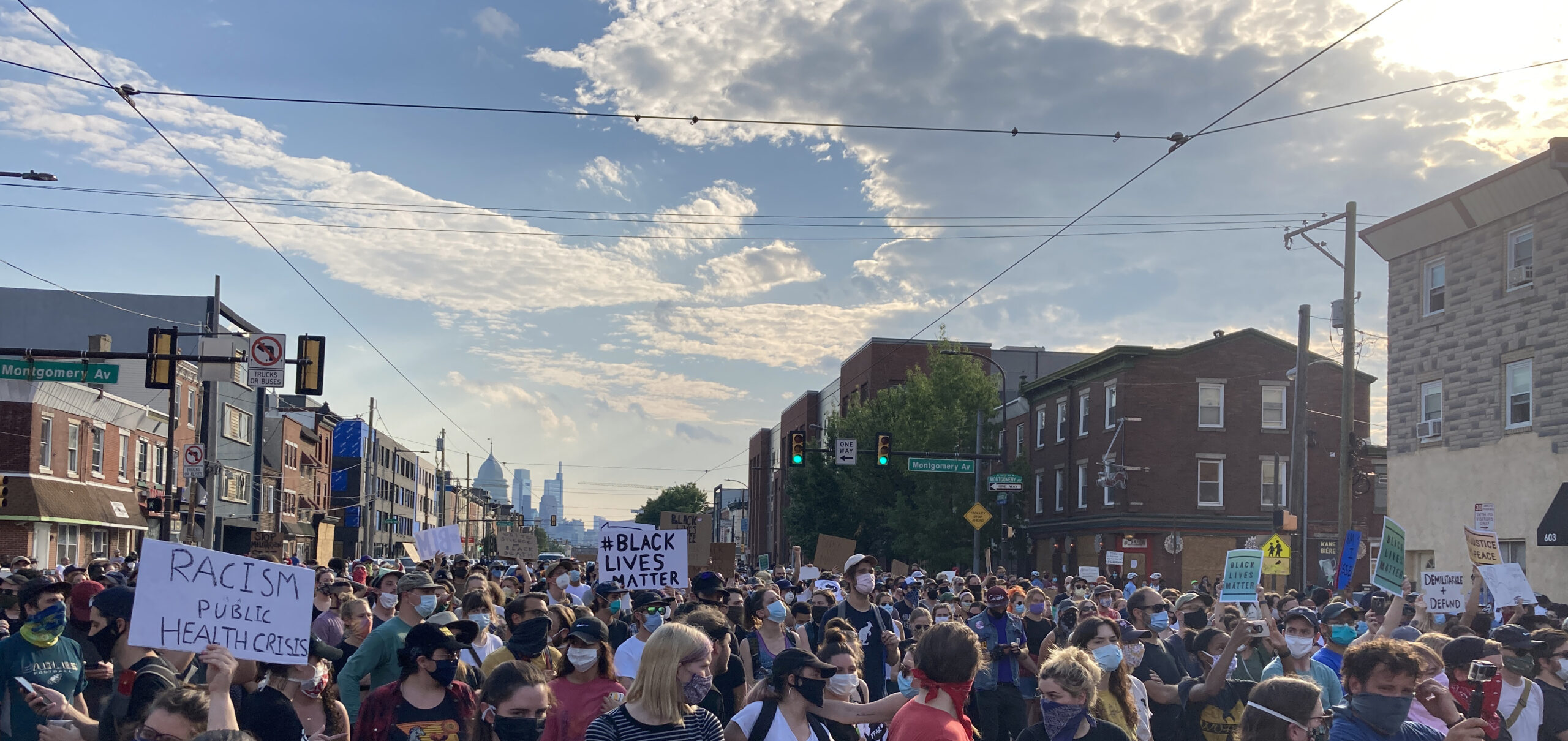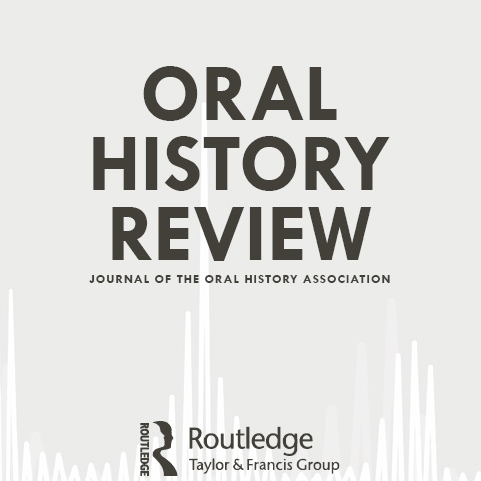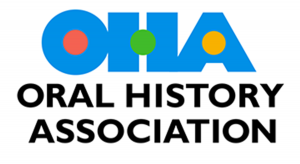Following the death of George Floyd on May 25, 2020, in hundreds of cities, hundreds of thousands of people have protested systematic racism broadly, and police brutality specifically. One of the most important things we can do is educate ourselves on the history and oppression of the Black community and the ways activists have challenged racism. We at OHR have contemplated what and how oral history can contribute to this action.
OHR editorial assistants Lauren Connors and Sydney Davies dug into the OHR archive to compile a list of resources utilizing oral history that can help us wrestle with anti-racism, activism, police brutality, and white privilege. This first installment shares articles from the journal, with Alex Haley’s 1973 “Black History, Oral History, and Genealogy” as the earliest, written three years before the publication of Roots.
We had hoped that this reading list would provide us with an opportunity to amplify the voices of Black practitioners working in the field of oral history. Sadly, Haley’s article is an all-too-rare example of an OHR piece by an African American author. The field of oral history, like other parts of academia, is disproportionately white, reflecting the systematic racism that plagues much of higher education. We recognize that there is a lot of work we must do as individuals and institutions to make our field reflect the inclusivity and democratic impulses that it has long advocated. We at OHR are committed to this work and will strive to publish and promote the work of people of color in the journal.
The leadership of the Oral History Association, OHR’s parent organization, recently published a statement in response to the the killing of George Floyd, in solidarity with Black Lives Matter, which we would like to endorse and excerpt here:
“As oral historians, we understand that through the stories of people—citizens and activists—we can confront oppression and work to create an equitable and just society. In our commitment to diversity, inclusivity, and respect, and to a historical record that documents the experiences of unheard and marginalized voices, we must listen to and amplify the demands of people and communities of color. We must continue to document and expose the injustice so many have suffered for centuries, and develop new projects to expand these efforts.
In our commitment to diversity, inclusivity, and respect, and to a historical record that documents the experiences of unheard and marginalized voices, we must listen to and amplify the demands of people and communities of color.
In this work, it is essential we adopt anti-racist methods and practices. Further, we can and must work to address institutional racism in our institutions and our field, through developing and supporting leaders of color, providing anti-oppression training, and continually working to center the voices and experiences of those most directly impacted by oppression. People of color, whether they be colleagues, narrators, students, or patrons, must be supported and valued. Historical knowledge around police brutality and systemic racism is essential to addressing both, but Black and Brown people must have a clear, equal, and respected role in developing this knowledge.”
Follow the links to the individual articles in the OHR archive, where Routledge has generously removed the paywall for these pieces. Next week we will share book reviews of publications addressing themes of anti-racism through an oral history lens.
Howard Beeth, “Pigmentocracy, Melting Pot, Mosaic, Salad, or Stew?: Some Current Thinking About Race in the USA,” The Oral History Review, 22.1 (1992).
Howard Beeth contrasts the varying approaches of oral historians to the issue of race in his review of five works regarding the racial discourse in the United States and Britain. Beeth’s comparison displays the different ways in which oral history can address and contribute to conversations about race. Read Beeth’s review at OHR.
Emilye Crosby, “White Privilege, Black Burden: Lost Opportunities and Deceptive Narratives in School Desegregation in Claiborne County, Mississippi,” The Oral History Review, 39.2 (2012)
Crosby examines the history of school desegregation and the lives of both Black and white families through retrospective interviews from the 1990s during a time of re-engagement between the two groups. The article also explores the topic of white privilege in both the past and present, as well as the question of lost opportunities in Claiborne County, Mississippi, during the 1960s.
Bret Eynon, “Community in Motion: The Free Speech Movement, Civil Rights, and the Roots of the New Left,” Oral History Review 17.1 (1989).
Through interviews with many of its participants, Eynon explores the 1960s Free Speech Movement, as it intersected with and drew on the foundations of other activism of that era, particularly the Civil Rights Movement. In particular, Eynon analyzes interviews in order to situate the Free Speech Movement in relationship to the Student Non-Violent Coordinating Committee and other civil rights organizations.
Alex Haley, “Black History, Oral History, and Genealogy,” The Oral History Review, 1.1 (1973).
Writing about his process of uncovering his family history through storytelling, Alex Haley shares his journey of tracing his “roots” to Africa and how it relates to oral history. Haley dedicated almost a decade to this research and describes both his methodology as well as his personal insight and feelings towards the work and the civil rights climate during that time. Adapted from his address to the Oral History Association annual meeting, this article was published three years before Haley’s landmark Roots.
Roger Horowitz & Rick Halpern, “Work, Race, and Identity: Self-Representation in the Narratives of Black Packinghouse Workers,” The Oral History Review, 26.1 (1999).
Through the examination of the lives of Rowena Moore and William Raspberry, two very different meatpacking workers in post-war midwest cities, the authors explore topics including union organization, Black advancement, and self-identity.
Tracy E. K’Meyer, “Remembering the Past and Contesting the Future of School Desegregation in Louisville, Kentucky, 1975–2012,” The Oral History Review, 39.2 (2012)
Focused on the city of Louisville and Jefferson County, K’Meyer examines the policies of busing through current policy debates and oral histories from multiple activists, students, parents, and school administrators. Connecting the 1975 busing crisis to the current issues of integration within the city, K’Meyer demonstrates how oral history can impact public policy discussions.
Phyllis Palmer, “Recognizing Racial Privilege: White Girls and Boys at National Conference of Christians and Jews Summer Camps, 1957–1974,” The Oral History Review, 27.2 (2000)
Through interviews with participants at the intentionally interracial National Conference of Christians and Jews summer camps, Palmer explores how White teenagers came to identify and understand their racial privilege and the oppression of institutional racism.
Abigail Perkiss, “Reclaiming the Past: Oral History and the Legacy of Integration in West Mount Airy, Philadelphia,” The Oral History Review, 41.1 (2014)
West Mount Airy is historically known as one of the few intentionally integrated neighborhoods in postwar America, avoiding both violence towards new Black families moving in as well as ‘white flight.’ As the decades went on, this community faced new challenges and in 1992 the West Mount Airy Neighbors Association created an oral history project to trace the roots and examine the legacy of its integrationist efforts. In doing so, the project “use[d] historical memory in order to stir residents to action in the present.”
Judith A. Ridner & Susan W. Clemens-Bruder, “Taking Their Place Among the Giants: Performing Oral Histories of Pennsylvania’s Black Freedom Struggle,” The Oral History Review, 41.1 (2014)
The three major towns of the Lehigh Valley; Allentown, Bethlehem, and Easton, all have a hidden history of African Americans and their struggles against urban renewal and racism. Using recorded life histories from the oldest members of these towns recorded as part of the Lehigh Valley Black African Heritage History Project, playwright Linda Parris-Bailey created Another River Flows: Stories, Songs, and a Celebration of the Lehigh Valley Black Experience.
Kim Lacy Rogers, “Organizational Experience and Personal Narrative: Stories of New Orleans’s Civil Rights Leadership,” The Oral History Review, 13.1 (1985).
Kim Lacy Rogers, “Memory, Struggle, and Power: On Interviewing Political Activists,” The Oral History Review, 15.1 (1987).
In this pair of articles, Rogers analyzes interviews she conducted with New Orleans civil rights leaders active during the 1950s and 1960s. Using interviews with members of organizations including the NAACP, CORE, and Urban League, Rogers explores the role of of institutions and personal histories in shaping the legacy of activism in Louisiana.
Barbara Shircliffe, “‘We Got the Best of That World’: A Case for the Study of Nostalgia in the Oral History of School Segregation,” The Oral History Review 28.2 (2001)
Shircliffe analyzes the role nostalgia plays in recollections within oral history interviews, particularly how African Americans educated in segregated schools look back fondly on those experiences, despite the systemic oppression of the Jim Crow school system. While nostalgia normally poses a challenge to historians trying to understand the past, nostalgia can also inform historians of the emotions and experiences of individuals.
Jessica Taylor, “‘We’re on Fire’: Oral History and the Preservation, Commemoration, and Rebirth of Mississippi’s Civil Rights Sites,” The Oral History Review 42.2 (2015)
Historical sites have long been an important way to commemorate our nation’s history, yet what constitutes a landmark in regards to the civil rights movement is under question. Taylor shares interviews with civil right activists conducted as part of Mississippi Freedom Project, an initiative on the part of students and staff at the University of Florida’s Samuel Proctor Oral History Program to document the stories of civil rights workers and everyday life in the Mississippi Delta. Taylor reflects on why her efforts to place parts of the historical civil rights built environment on the National Register of Historic Places ultimately failed, noting the tension “between oral history as a people-based discipline and historic preservation’s attachment to place.”
Victoria Wyatt, “Oral History in the Study of Discrimination and Cultural Repression,” The Oral History Review, 15.1 (1987)
With Alaskan Indians as her focus, Wyatt details the process and obstacles of conducting oral history interviews as a member of the race who has perpetrated the oppression which is the project’s subject matter. Wyatt describes the trust that must develop between interviewer and narrator when talking about discrimination.
Ruth Carbonette Yow, “Shadowed Places and Stadium Lights: An Oral History of Integration and Black Student Protest in Marietta, Georgia,” The Oral History Review, 42.1 (2015)
Football is widely seen as a colorless sport, one that anyone can play and can help create a bond between races, and Marietta High School in Georgia uses the storyline of their desegregated football team’s state victory in 1967 as evidence of their historically racial harmony. Here Yow unpacks this narrative, arguing that it overshadows the Black student-led protests at the school and grassroots organizations of the town.
This reading list was compiled by OHR editorial assistants Lauren Connors (History major, Kean University) and Sydney Davies (History major, West Chester University) working remotely as summer interns.
